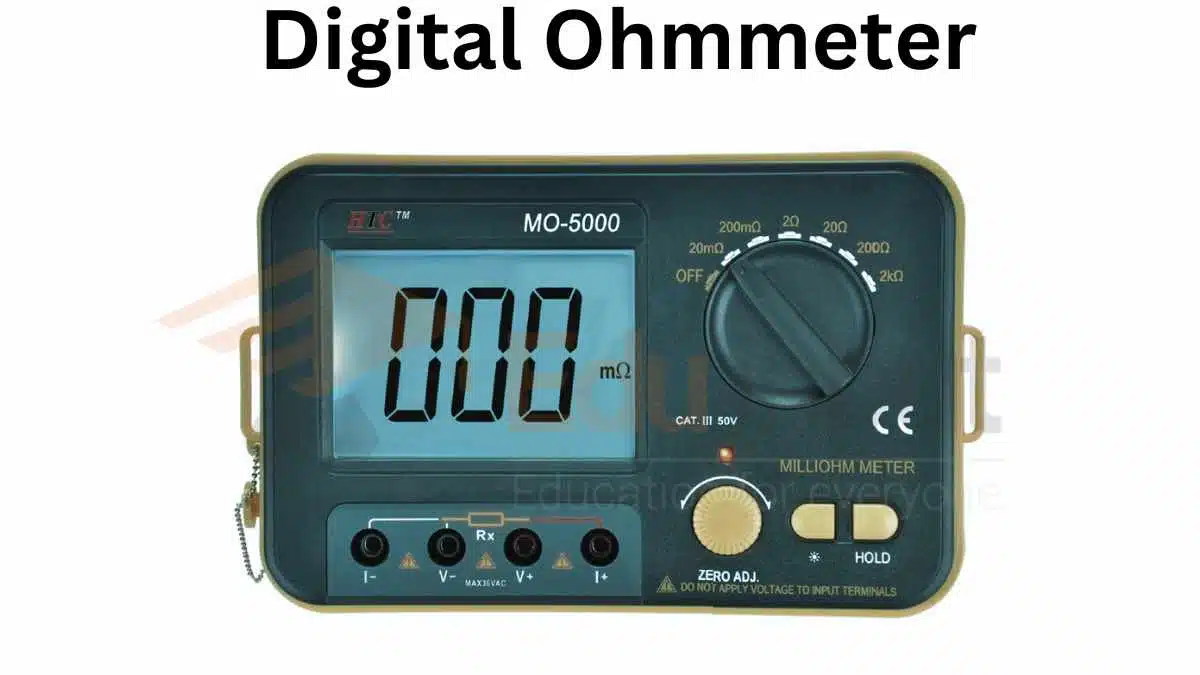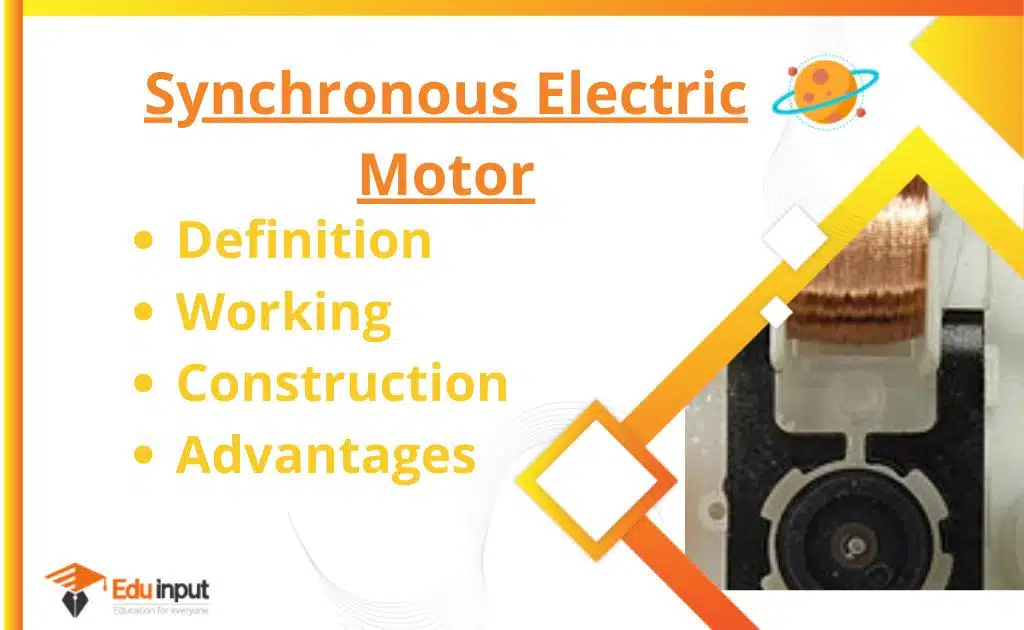What is Commutator?-Definition, Operation And Disadvantages
A commutator is an electrical switch that periodically reverses its current between the internal circuits and rotors.
What is Commutator?
A commutator is an electrical switch in an electric motor or generator that reverses the direction of the current between it and the external circuit. There are multiple metal contact segments on the rotating armature of the machine.
Two or more electrical contacts called “brushes” made of a soft conductive material like carbon press against the commutator, making sliding contact with successive segments of the commutator, as it rotates. The commutator segments are connected to the wire windings on the armature.
Commutator Operation
The contact bars are fixed to the rotating shaft of the machine and connected to the armature windings. The commutator reverses the flow of current in the winding when the shaft rotates. When the shaft makes one-half complete turn, the winding is connected to the initial direction so that the current flows in the opposite direction. In a motor, the fixed magnetic field exerts a rotational force on the winding to make the motor turn.
In a generator, mechanical Torque applied to the shaft maintains the motion of the armature winding through the stationary magnetic field, inducing a current in the winding. In both the motor and generator case, the commutator periodically reverses the direction of current flow through the winding so that the circuit outside the machine continues in only one direction.
Disadvantages
The disadvantages of the commutator have caused a decline in the use of commutated machines in the last century. The sliding friction between the brushes and the commutator consumes power, which can be significant in a low-power machine.
Dust is created due to the wear and tear on the brushes and copper commutator segments. In small consumer products such as power tools and appliances, the brushes may last as long as the product, but larger machines require regular replacement of brushes and occasional resurfacing of the commutator.
Commutated machines can’t be used in low particulate or sealed applications or in equipment that must operate for long periods without maintenance. The brush drop is caused by the resistance of the sliding contact between the brush and the commutator. Large power losses can be caused by this, because it may be several volts. The use of alternating current motors is much more efficient than using a commutator.
A commutator can be used to switch between the maximum current density and the maximum voltage. It is not possible to build very large direct current machines that are more than a several megawatt rating. All alternating-current machines are the largest motors and generators. The switch action of the commutator causes sparking at the contacts, posing a fire hazard in explosive atmospheres, and generating electrical interference.







Leave a Reply